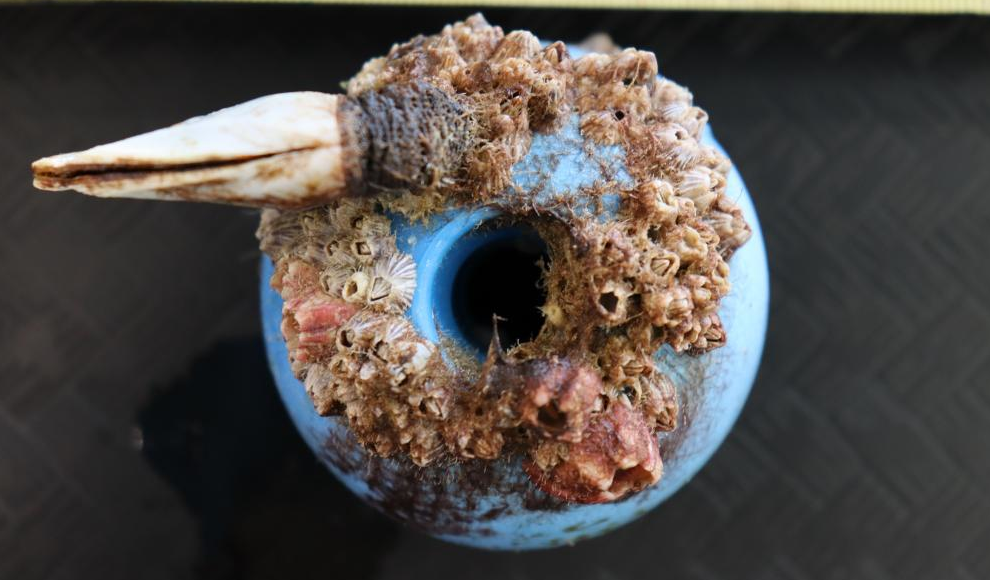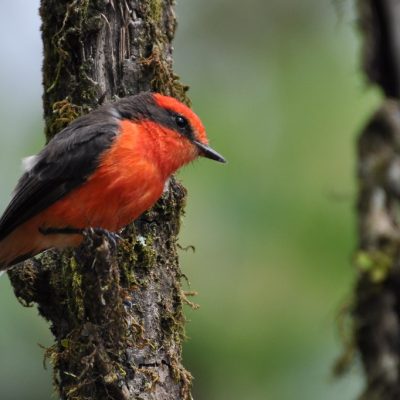The Pacific Garbage Patch has become a new habitat for coastal and deep-sea creatures, forming communities that did not exist in nature before. Large garbage patches in the world’s oceans are formed by plastic “islands” that are moved in circles by strong ocean currents until they are washed up on the coasts or sink into the deep sea. A recent study showed that plastic waste in deep-sea trenches leads to higher biodiversity. Scientists from the Smithsonian Environmental Research Center (SERC) have now found that plastic floating in the sea also serves as a new habitat for coastal creatures.
In 2011, a tsunami in Japan washed large amounts of waste into the sea, some of which was washed up on the American West Coast years later. Among the debris were 300 species of animals from the Pacific’s east side, apparently crossing the ocean with the garbage. Scientists led by Linsey Haram from SERC, in cooperation with the Ocean Voyages Institute, have therefore examined the Pacific Garbage Patch more closely. According to their publication in the journal Nature Communications, the scientists collected 103 tons of garbage from the Pacific and then examined which animals inhabited this waste.
The researchers found species such as Hydrozoa, anemones, and copepods, which normally only occur in immediate coastal areas. These are not isolated cases but rather colonies that have apparently conquered a new habitat. The garbage patch has created a completely new ecosystem, whose communities did not exist in the environment before. However, this may pose new dangers, as the arrival of new coastal inhabitants could disrupt ecosystems in the sea that have remained undisturbed for millennia. The coastal species compete directly with the oceanic raft inhabitants for space and resources, and these interactions are poorly understood.










